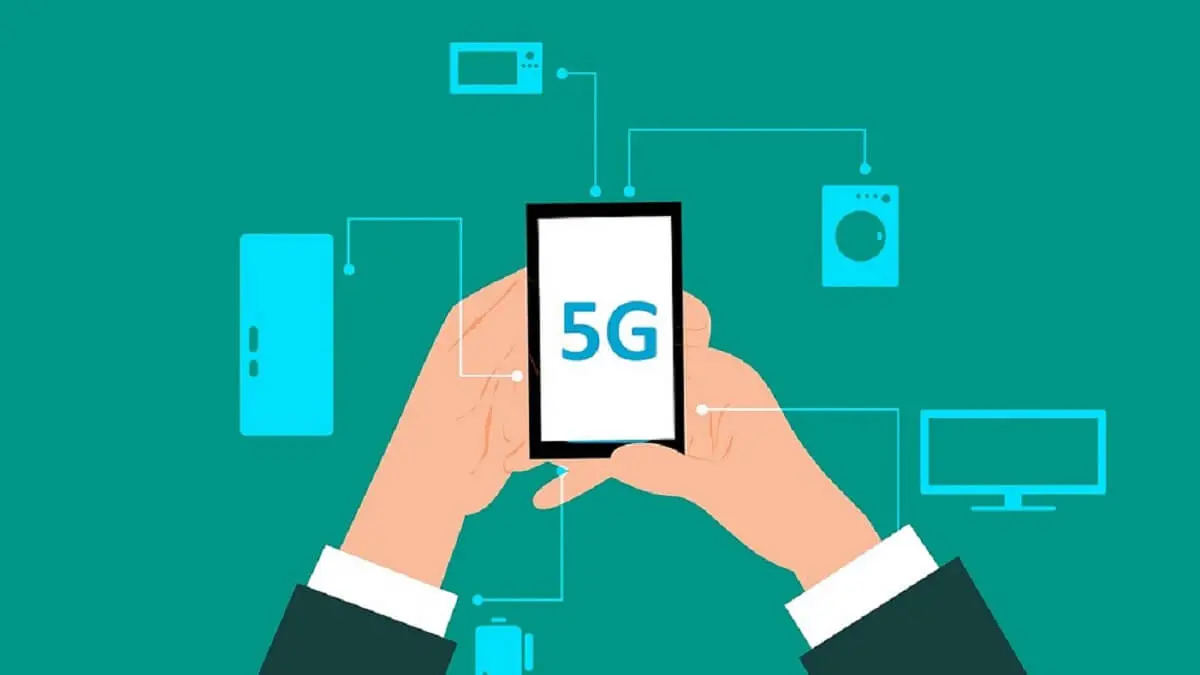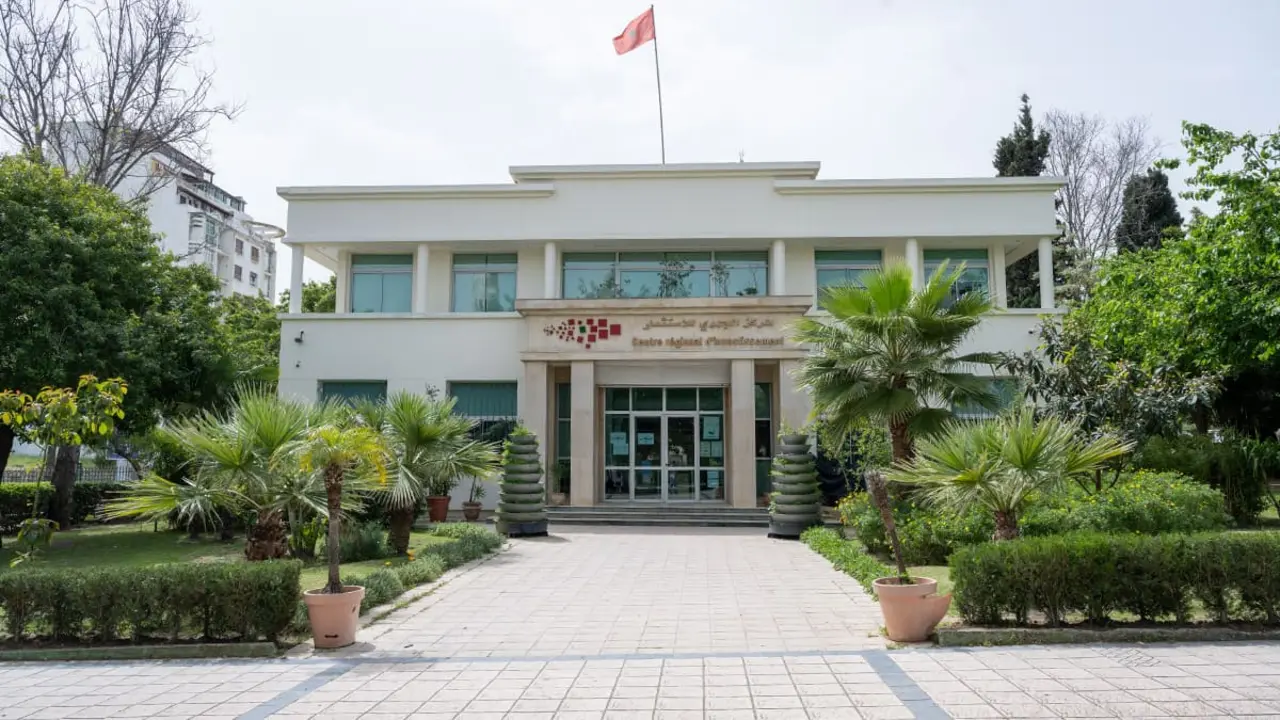Ensuring security in the 5G environment: secure communications solutions

In an increasingly connected world, the advent of the 5G scenario has opened the door to new opportunities, but it has also brought with it unprecedented security challenges.
In this context, it is crucial to understand and address emerging threats to ensure the integrity of our communications with strategic insights that address this complex landscape.
The 5G communications paradigm and its security challenges
The deployment of 5G represents a paradigm shift in communications: from tiered computing to massive data generation and ecosystem softwerisation. This technological advancement, while full of opportunities, also introduces new threat vectors. Not only does the 5G environment bring conventional challenges such as malware and ransomware, but the network itself becomes a critical defence target. Threats, from DDoS attacks to intercepts, increase significantly in an environment where interconnection is the norm.
Threats and assets in an interconnected 5G world
With the virtualisation and sophistication of the 5G network, assets exposed to threats multiply. From the risk of cyber-attacks to vulnerabilities in the supply chain and distributed computing, the picture is vast and complex. Specific examples of threats are highlighted, underlining the importance of addressing security at all levels.
Not only does the 5G environment involve conventional challenges such as malware and ransomware, but the network itself becomes a critical defence target.
Integrating BACSI perspectives
In this context, it is essential to highlight the importance of initiatives such as the Connected Air Base Sustainable and Intelligent (BACSI). The Air Force's BACSI is a project designed to transform air bases into more operational and efficient environments, taking advantage of the digital and technological revolution, as well as advances in environmental sustainability.
Challenges in the 5G era: new frontiers in cybersecurity and privacy
- Cybersecurity
- Data privacy
- Authentication and access control
- IoT
- Network functions virtualisation (NFV) and sw-defined networking (SDN)
- Supply chain
- Geostrategic threat interest
- Regulatory
The transition to the 5G Era presents an unprecedented set of cybersecurity and privacy challenges, demanding a proactive response and close collaboration between industry specialists. With the expansion of the 5G network, the opportunities for cyber-attacks multiply, as the increase in devices and connections creates more entry points for potential threats. This scenario underscores the imperative need to strengthen cyber security, making it more adaptable to the increasingly complex environment.
With the expansion of the 5G network, the opportunities for cyber-attacks multiply, as the increase in devices and connections creates more entry points for potential threats.
The speed and transmission capacity inherent in 5G facilitates massive data exchange, creating significant challenges in protecting privacy and implementing effective security mechanisms. In this context, continuous real-time identity and authorisation management becomes critical in a more open and dynamic 5G environment.
The proliferation of IoT devices in the 5G environment amplifies vulnerabilities, making the security of a vast network of diverse devices a complex and high-priority task.
Virtualisation of network functions and software-defined networks, while offering flexibility, introduce specific challenges in terms of security and management, requiring the implementation of advanced security measures.
Moreover, the supply chain becomes more susceptible to threats in a 5G scenario, from device manufacturing to solution deployment, highlighting the need for comprehensive security management. Given the sophistication of geo-strategic threats associated with 5G, cyber-attacks can become tools of power, underscoring the need for robust defence at the international level.
The proliferation of IoT devices in the 5G environment amplifies vulnerabilities, making the security of a vast network of diverse devices a complex and high-priority task.
While institutions are in a process of transforming and adapting to the new era of technologies, the lack of consolidated regulations for 5G adds an additional layer of complexity. Making continuous adaptation to evolving regulations a constant challenge. MEC, Edge and Cloud architectures introduce new challenges in managing data flows, storage and the need for separation by specific uses.
Finally, the emergence of new non-IP protocols, such as the RAN, creates unique challenges in network security, making adaptation to these protocols an unavoidable priority. Ensuring end-to-end anonymisation and privacy becomes essential, recognising that traditional methods may not be sufficient in this new communication paradigm.
The evolving 5G ecosystem demands a significant collaborative effort among cybersecurity experts. Adaptability and the ability to anticipate are key to meeting the constantly evolving challenges that characterise this new technological era.
Secure communications solutions at Indra
In response to these challenges, Indra offers specialised solutions in secure communications. From the strategic to the logistical level, Indra's End To End solutions guarantee the protection of sensitive information.
Other tools include COMSec, a VoIP communications encryption tool that addresses the specific threats of the 5G environment. It stands out as the only solution in the CCN (CPSTIC) product catalogue capable of handling sensitive information up to ENS High level and classified up to National Limited Dissemination.
This multi-platform system provides versatility to customers by allowing its use in corporate terminals, guaranteeing security in voice, video, file sending and instant messaging communications.
COMSec can be configured in Push To Talk (PTTSec) mode for field operatives working over the 5G network, offering a high quality service for industries or operations where traditional walkie talkie systems are needed, but over mobile market devices.
In addition, COMSec facilitates the interconnection and federation of environments, even in isolated systems in public networks, with the ability to be rapidly deployed in diverse environments, as demonstrated in successful trials with the Ministry of Defence and the Navy.
In conclusion, security in the 5G environment is non-negotiable. Adapting to new scenarios, vectors and threats is essential. Therefore, a holistic approach at three levels (management, tactical and logistical) is recommended to ensure end-to-end protection. Secure communications solutions must comply with accredited security standards, guarantee full privacy and be compatible with third-party systems.
Roberto Casado
Saas Regional Sales Manager at Indra Digital Labs, brings more than 12 years of experience in the secure communications sector, highlighting his role in projects for IBEX35 and multinational clients.









